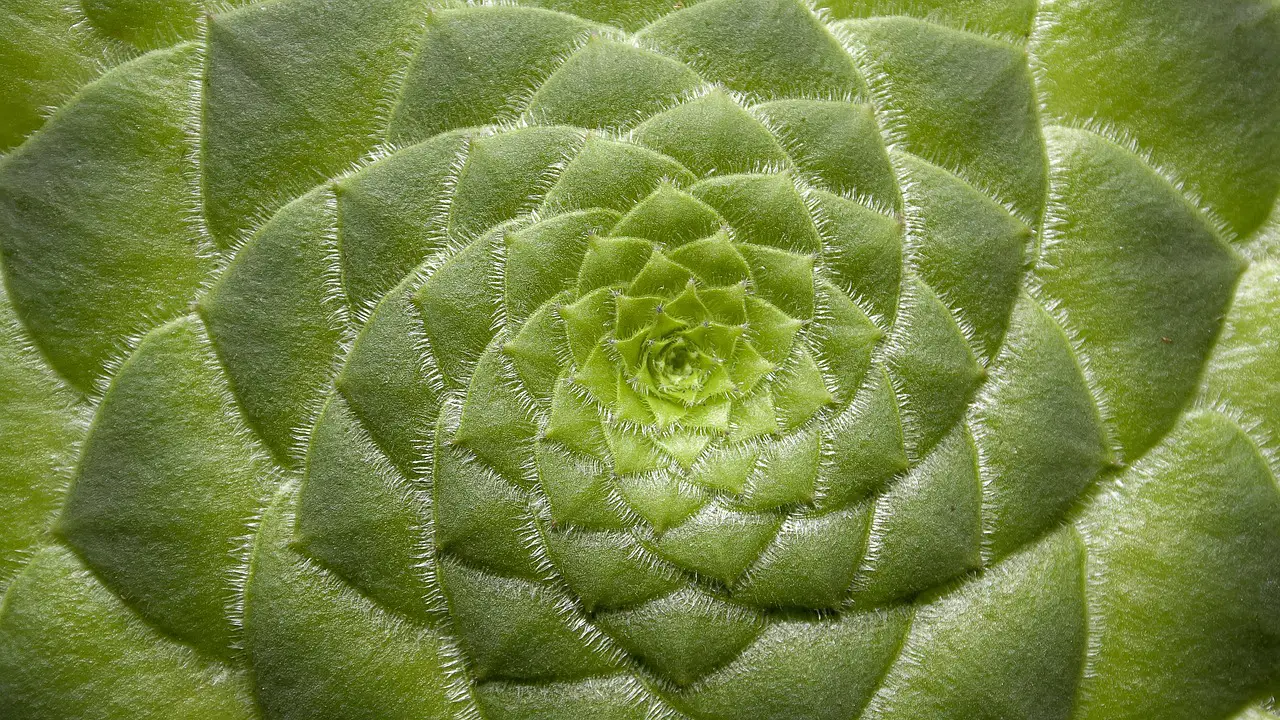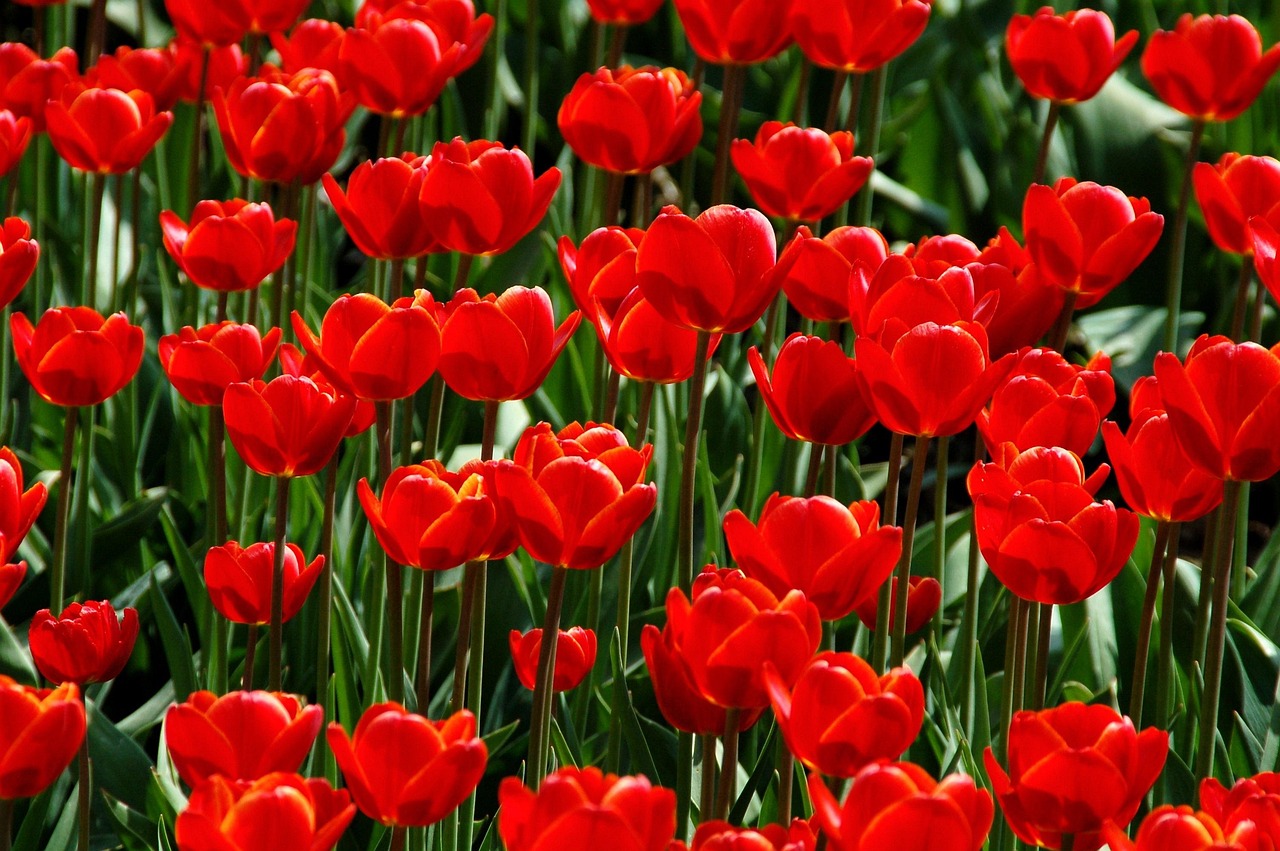To create a deer-proof garden, choose plants that are unappealing to deer, such as lavender, sage, and marigolds. Additionally, implementing physical barriers like fencing and using repellents can help protect your garden from deer damage.
Gardening can be a rewarding experience, providing not only beauty but also fresh produce. However, for many gardeners, the presence of deer can pose a significant challenge. These graceful animals are known for their voracious appetites and can quickly decimate a garden. Understanding how to create a deer-proof garden is essential for those who want to enjoy their plants without constant worry.
Deer are attracted to gardens with tender, young plants. They often munch on flowers, fruits, and vegetables, leading to frustration for gardeners. Fortunately, there are effective strategies to deter these creatures and preserve your hard work. By selecting the right plants and employing specific techniques, you can create a thriving garden that remains largely untouched by deer.
Understanding Deer Behavior

To effectively deter deer, it is important to understand their behavior and feeding habits. Deer are predominantly browsers, meaning they prefer to eat the leaves, stems, and tender shoots of plants. Their dietary preferences can vary based on the season and availability of food sources. This knowledge is crucial in selecting plants that will thrive despite deer presence.
In general, deer are more likely to consume plants that are fragrant or soft. Therefore, incorporating plants with strong scents or prickly textures can help in keeping them at bay. Additionally, deer are creatures of habit and will often return to areas where they have previously found food. This means that once they discover your garden as a food source, they may keep coming back unless deterrents are put in place.
Plants That Are Less Appealing to Deer
Choosing the right plants is one of the most effective strategies for creating a deer-proof garden. Some plants have characteristics that naturally repel deer due to their taste or texture. Below is a list of plant types that are generally less appealing to deer:
- Herbaceous Plants: Lavender, sage, rosemary, thyme
- Perennials: Peonies, foxglove, daffodils
- Shrubs: Barberry, holly, juniper
- Flowers: Marigolds, geraniums, snapdragons
- Vegetables: Onions, garlic, leeks
While no plant is completely deer-proof, the ones listed above are known for their resistance to deer browsing. Incorporating these plants into your garden design can significantly reduce the likelihood of deer damage.
Physical Barriers and Other Strategies
In addition to selecting appropriate plants, implementing physical barriers can be an effective way to deter deer. Fencing is one of the most reliable methods to keep deer out of your garden. However, not all fencing is created equal.
Here are some options to consider when installing fencing:
- Height: Fences should ideally be at least 8 feet tall. Deer are excellent jumpers and can clear lower fences.
- Materials: Use sturdy materials like wood or welded wire. Electric fencing can also be effective.
- Design: A slanted fence can be more effective than a straight one as it makes jumping harder.
If fencing is not feasible, other strategies such as using deer repellents can help. These products often contain natural ingredients that make plants taste unpleasant to deer. Regular application is important for maintaining effectiveness.
Conclusion
Creating a deer-proof garden involves a combination of plant selection and strategic deterrents. By understanding deer behavior and choosing less appealing plants, gardeners can enjoy their gardening efforts without the constant threat of deer interference.
Choosing the Right Location for Your Garden
In addition to plant selection and fencing, the location of your garden plays a critical role in its success. Understanding the habits of deer can help you identify the best spot for your garden. Deer tend to frequent areas that provide cover, such as woodlands or dense shrubs. To minimize deer visits, consider placing your garden in more open areas.
Here are some factors to consider when selecting a location for your deer-proof garden:
- Sunlight: Ensure that your garden receives adequate sunlight. Most vegetables and flowers require 6 to 8 hours of sunlight per day for optimal growth.
- Accessibility: Choose a location that is easily accessible for watering, weeding, and harvesting. This will make maintenance easier and more enjoyable.
- Drainage: Select an area with good drainage to prevent waterlogging. Deer often avoid wet, marshy areas.
Companion Planting Techniques
Companion planting involves growing different plants together to enhance growth, deter pests, and create a more balanced ecosystem. Certain plants can repel deer while benefiting other plants in your garden. By strategically pairing these plants, you can create a more resilient garden.
Some effective companion plants that deter deer include:
- Marigolds: These vibrant flowers not only add beauty but also emit a scent that deer find unpleasant.
- Garlic: The strong odor of garlic can repel deer and other pests.
- Chives: Similar to garlic, chives can deter deer while also being a useful culinary herb.
Creating a Diverse Plant Palette
Diversity in plant selection is crucial for a deer-proof garden. A diverse garden not only attracts beneficial insects but also confuses deer, making it harder for them to find their preferred food sources. Incorporate a mixture of the following plant types:
- Native Plants: Native species are adapted to the local environment and are often less appealing to deer. They also support local wildlife.
- Herbs and Aromatic Plants: Plants like basil and mint can deter deer while providing culinary benefits.
- Non-Toxic Flowers: Brightly colored flowers such as snapdragons and zinnias can enhance your garden’s aesthetic appeal without attracting deer.
Utilizing Natural Deterrents

In addition to physical barriers and plant selection, you can use natural deterrents to keep deer away from your garden. These methods rely on scents and tastes that deer find unappealing. Here are some options to consider:
- Predator Urine: Products containing predator urine can signal danger to deer, making them avoid the area.
- Homemade Sprays: Create deterrent sprays using ingredients like hot pepper flakes, vinegar, or essential oils. Regularly apply these sprays to your plants.
- Cayenne Pepper or Garlic Powder: Sprinkling these substances around your plants can discourage deer from approaching.
Maintaining Your Deer-Proof Garden
Once you have established your deer-proof garden, ongoing maintenance is essential to keep it thriving. Regular checks will help you identify potential issues before they become significant problems. Here are some maintenance tips:
- Inspect Fencing: Regularly check your fencing for any gaps or damage that could allow deer access.
- Monitor Plant Health: Keep an eye on your plants for signs of stress or disease. Healthy plants are less likely to attract deer.
- Seasonal Adjustments: Be prepared to adjust your strategies based on seasonal changes in deer behavior and food availability.
Through diligent attention and strategic planning, you can create a flourishing garden that remains largely untouched by deer. By implementing various strategies and maintaining your garden, you can enjoy the beauty and bounty it offers without the worry of deer damage.

Seasonal Considerations for Deer-Proof Gardening
Gardening is a year-round endeavor, and understanding how seasons affect deer behavior and plant growth is vital for maintaining a deer-proof garden. Seasonal changes can influence deer feeding habits, plant vulnerability, and the effectiveness of deterrents. By adapting your strategies throughout the year, you can better protect your garden.
Spring: Planting and Early Growth
In spring, many gardeners begin planting new flowers and vegetables. However, this is also when deer are emerging from winter and looking for food. Young, tender plants are particularly appealing to them. To safeguard your garden during this crucial time, consider the following:
- Timing of Planting: Opt to plant deer-resistant varieties early in the season. This gives them a head start before deer begin their spring foraging.
- Use Barriers: Employ temporary fencing or netting around newly planted areas to protect them until they become more established.
- Repellents: Apply deer repellents regularly, especially after rain, as their effectiveness diminishes with moisture.
Summer: Garden Maintenance and Growth
As summer progresses, plants begin to grow vigorously. While many plants are thriving, deer may still be active in searching for food. Here’s how to maintain your garden during the summer months:
- Regular Watering: Ensure that your plants are well-watered, as healthy plants are less likely to attract deer. A robust plant can withstand some browsing.
- Mulching: Apply mulch around plants to retain moisture and deter weeds, which can attract deer by providing additional cover.
- Heightened Vigilance: Continue monitoring for any signs of deer activity. Look for tracks or droppings, and adjust your deterrent methods if necessary.
Fall: Preparing for Winter
As fall approaches, deer become more aggressive in their search for food. They may be preparing for the winter months ahead. This is a critical time to ensure your garden remains protected:
- Harvesting: Harvest any ripe fruits and vegetables promptly to minimize temptation for deer.
- Final Planting: Consider planting fall crops or perennials that deer tend to avoid, such as certain ornamental grasses.
- Reinforce Barriers: Check fences and barriers for any damage caused by summer storms or wildlife. Reinforce areas where deer might gain access.
Winter: Strategies for Protection
During winter, food becomes scarce for deer, making them more prone to venture into gardens in search of sustenance. Protecting your garden in winter requires different strategies:
- Protecting Evergreens: Use burlap or protective netting around evergreen shrubs and trees to discourage browsing.
- Avoid Over-Feeding Birds: While feeding birds is common in winter, excessive seed on the ground can attract deer. Consider using feeders that minimize waste.
- Maintain Fencing: Ensure that any fencing remains intact during winter weather to provide continuous protection.
The Role of Native Plants in Deer-Proof Gardens

Incorporating native plants into your deer-proof garden is not only beneficial for local ecosystems but can also help deter deer. Native plants are adapted to local conditions and often have natural defenses against herbivores.
Here are some advantages of using native plants in your garden:
- Low Maintenance: Native plants typically require less water and fewer resources compared to non-native species, making them easier to care for.
- Biodiversity Support: They support local wildlife, including pollinators such as bees and butterflies.
- Pest Resistance: Many native plants have developed resistance to local pests and diseases, reducing the need for chemical treatments.
Selecting the Right Native Plants
When choosing native plants for your garden, consider those that are less appealing to deer. Some examples include:
- Purple Coneflower (Echinacea purpurea): This perennial flower adds beauty while being unappealing to deer.
- Black-eyed Susan (Rudbeckia hirta): These bright flowers are hardy and often avoided by deer.
- Asters: A diverse group of flowering plants that provide late-season blooms while deterring deer.
By thoughtfully selecting native plants and implementing seasonal strategies, you can create a thriving, deer-proof garden that flourishes year-round.
Additional Strategies for Deer-Proofing Your Garden
Beyond plant selection and seasonal strategies, there are various additional methods to enhance your deer-proof garden. These strategies can work in tandem with the previous approaches to create a more effective deterrent system.
Using Scare Tactics
Deer are naturally wary creatures and can be easily startled. Utilizing scare tactics can help discourage them from entering your garden:
- Noise Makers: Installing wind chimes, bells, or other noise-making devices can create sounds that irritate deer.
- Movement Devices: Items that move, such as flags or reflective tape, can be effective in scaring deer away. The sudden movement can trigger their flight response.
- Decoys: Placing fake predators like owls or coyotes can create the illusion of danger. Rotate their position regularly to maintain effectiveness.
Community Approaches
Sometimes, individual efforts may not be sufficient, especially in areas with high deer populations. Collaborating with neighbors can amplify your deer-proofing efforts:
- Neighborhood Fencing Projects: Consider organizing a community fencing project. A well-constructed fence around multiple properties can significantly reduce deer access.
- Shared Resources: Pooling together resources for deterrents, such as repellents or motion-activated sprinklers, can be more economical and effective.
- Education and Awareness: Engage with neighbors to share knowledge about deer behavior and effective gardening techniques, promoting a unified approach to managing deer populations.
The Importance of Monitoring and Adapting Strategies
Successful deer-proof gardening requires ongoing monitoring and a willingness to adapt strategies based on observations and experiences. Keeping a close eye on your garden will help you recognize patterns in deer activity and make necessary adjustments. Here are some tips for effective monitoring:
- Keep a Garden Journal: Document plant growth, deer sightings, and any damage observed. This record can help identify trends over time.
- Adjust Repellents and Barriers: Experiment with different types of repellents and barriers until you find what works best for your specific situation. Some gardens may require more than one method to be effective.
- Stay Informed: Keep yourself updated on local deer populations and behavior. Community bulletins or local gardening groups can provide valuable insights.
Conclusion
Creating a deer-proof garden is an achievable goal with the right strategies in place. By selecting the appropriate plants, utilizing physical barriers, and employing various deterrents, gardeners can significantly minimize the impact of deer on their gardens. Seasonal considerations and adaptations are essential for long-term success, as is the use of community efforts to enhance protection.
Implementing these diverse strategies not only protects your hard work but also fosters a thriving garden environment. With vigilance and creativity, it is possible to enjoy the beauty of your garden while coexisting with local wildlife. Ultimately, a proactive approach will make your gardening experience more enjoyable and fulfilling, allowing you to reap the rewards of your labor without the constant threat of deer interference.
By embracing the principles outlined in this article, you can cultivate a flourishing garden that showcases nature’s beauty while effectively deterring deer. Happy gardening!
